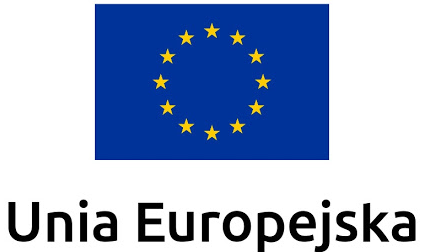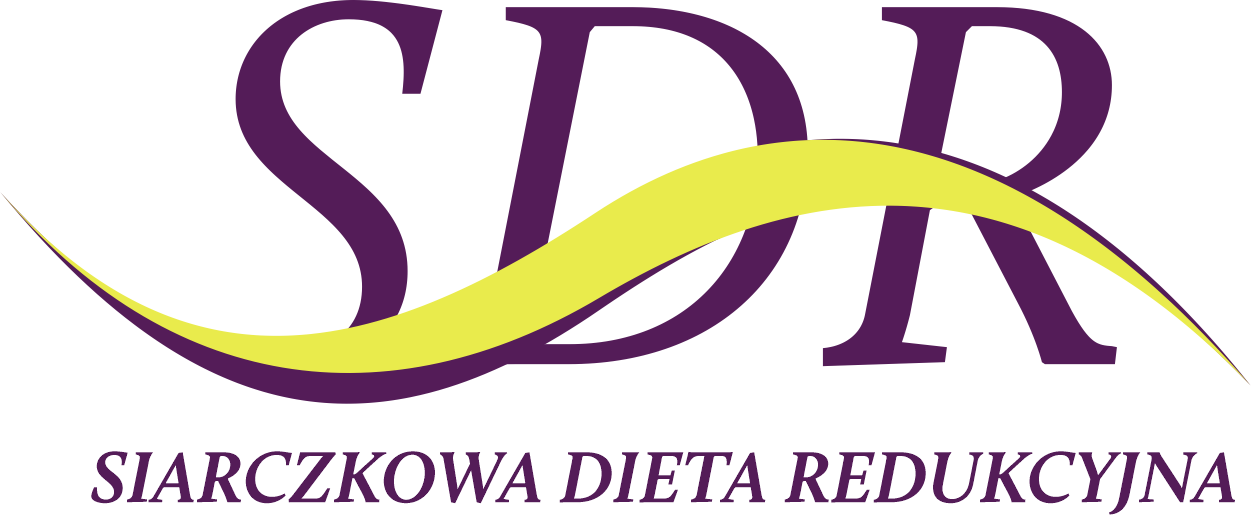
Painful shoulder syndrome, tennis elbow and golfer's elbow
Painful shoulder syndrome, tennis elbow and golfer's elbow
Painful shoulder syndrome, tennis elbow, and golfer's elbow are conditions that belong to the group of overuse pain syndromes that affect the upper limbs. Painful shoulder syndrome (also known as subacromial impingement syndrome) is characterized by pain and limited mobility in the shoulder joint, often caused by inflammation or damage to the tendons of the rotator cuff muscles, subacromial bursa, or biceps brachii. The pain often worsens with overhead movements or at night, which can lead to sleep disturbances.
Tennis elbow (inflammation of the lateral epicondyle of the humerus) and golfer's elbow (inflammation of the medial epicondyle of the humerus) are conditions that affect the elbow area. Tennis elbow is characterized by pain on the outside of the elbow, which is worse when extending the wrist and fingers, while golfer's elbow is characterized by pain on the inside of the elbow, which is worse when flexing the wrist and fingers. Both of these conditions are usually the result of repetitive micro-injuries and overloads, often associated with sports or professional activities that require frequent use of the forearm and wrist.
Prevention
- Regularly perform exercises that strengthen and stretch the muscles of the shoulder girdle and forearm.
- Apply the correct technique during sports and professional activities.
- Ergonomically adjust the workplace (appropriate desk height, monitor position, etc.).
- Avoid long-term, repetitive movements of the arms and forearms.
- Use of appropriate sports equipment (racquets, golf clubs) adapted to individual needs.
- Regular breaks and stretching during work or sports activities.
- Maintaining proper body posture.
- Gradually increase the intensity of training and loads.
- Taking care of the general physical condition and muscle flexibility.
- Use of relaxation techniques to reduce muscle tension.
- Regular check-ups, especially for people exposed to overload.
- Adequate hydration and a balanced diet rich in nutrients that support joint and muscle health.
Treatment and rehabilitation of painful shoulder syndrome, tennis elbow and golfer's elbow
Treatment of painful shoulder syndrome and tennis elbow and golfer's elbow usually begins with conservative methods. In the acute phase, rest from pain-causing activities, anti-inflammatory and pain-relieving medications, and ice packs are used. In the case of painful shoulder syndrome, corticosteroid injections into the subacromial space are often effective. For tennis elbow and golfer's elbow, in addition to anti-inflammatory medications, forearm stabilizing orthoses are also used, which reduce tension at the site of muscle attachment.
Physiotherapy is a key element of treatment. In the case of painful shoulder syndrome, therapy focuses on restoring proper mobility of the shoulder joint, strengthening the rotator and scapular stabilizer muscles, and correcting body posture. Manual techniques, exercises, ultrasound therapy, and electrotherapy are used. For tennis and golfer's elbow, physical therapy includes manual techniques to release tight forearm muscles, eccentric exercises, shockwave therapy, and neuromobilization techniques.
In cases that are resistant to conservative treatment, surgical treatment may be necessary. For painful shoulder syndrome, this may involve arthroscopic debridement of the subacromial space or repair of damaged tendons. For tennis and golfer's elbow, surgery may involve releasing muscle attachments or repairing damaged tissue. After any surgical intervention, a properly planned rehabilitation is necessary to restore full function of the limb and prevent recurrence of symptoms. Post-operative rehabilitation includes gradual restoration of range of motion, muscle strengthening, and learning proper movement patterns in daily activities and sports.



